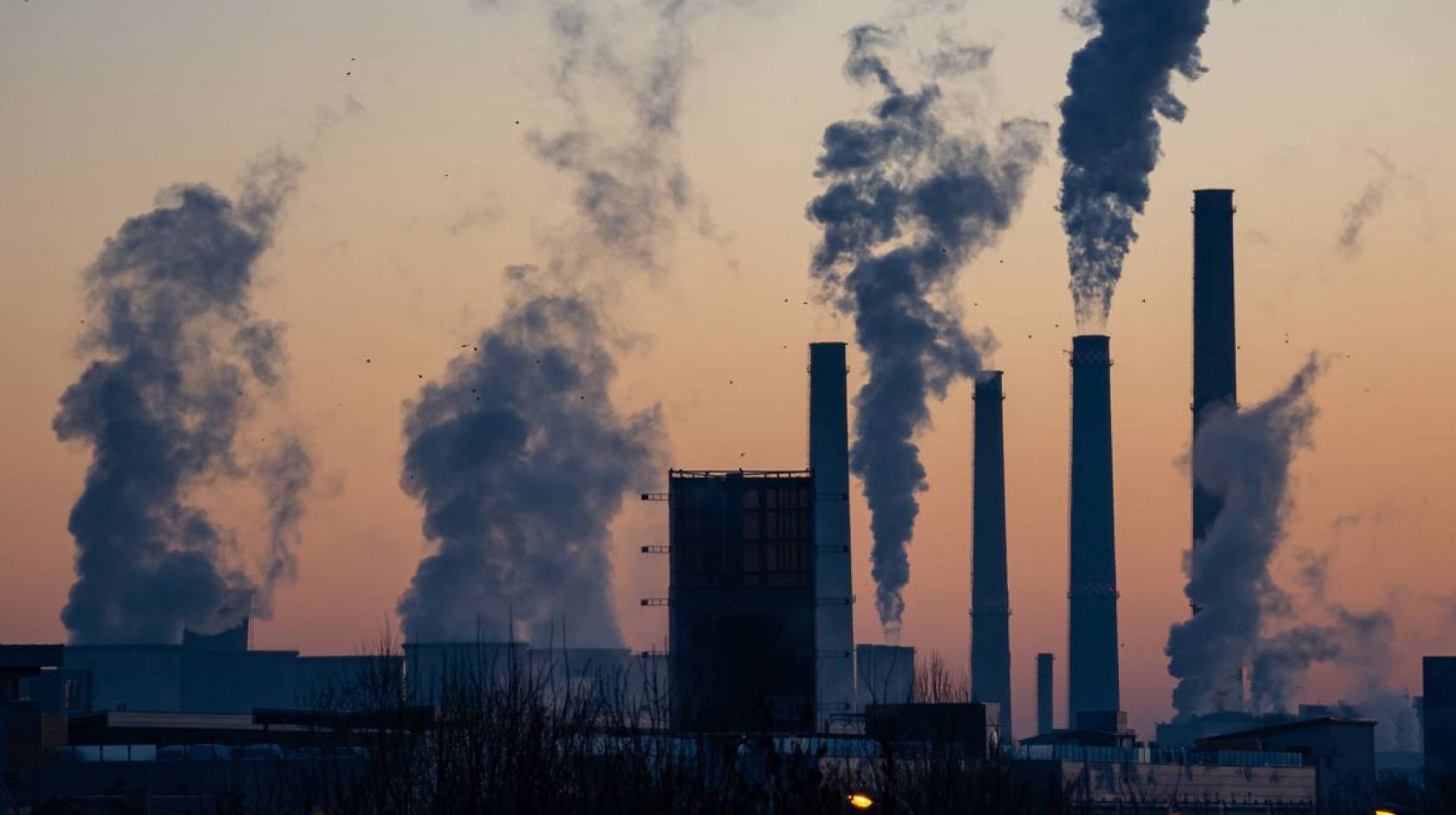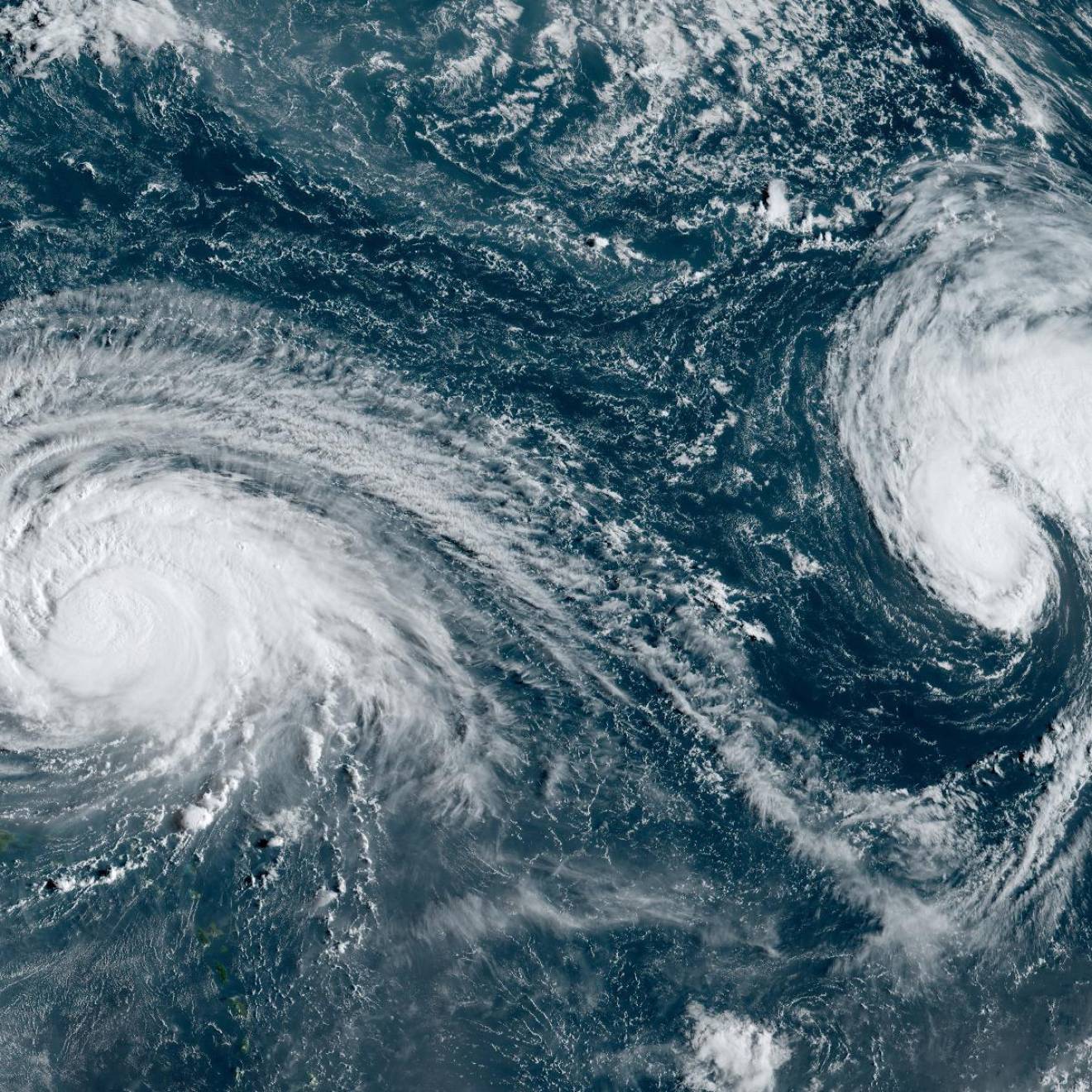Alison Hewitt, UCLA

On the heels of several controversial Supreme Court decisions, the court released one of its final rulings on June 30, delivering a blow to climate change but also to federal agencies generally.
The court’s ruling on West Virginia v. EPA rolls back the Environmental Protection Agency’s authority to regulate greenhouse gases from power plants, and simultaneously limits the power of federal agencies.
UCLA experts described the ruling as a “power grab” in a case that, under other circumstances, the court previously would have declined to even hear. Below are reactions and analysis from UCLA environmental law expert Cara Horowitz, who filed a friend-of-the-court brief in support of the EPA’s position, and UCLA law professor Blake Emerson. Horowitz is co-executive director of the Emmett Institute on Climate Change and the Environment at the law school. Emerson is teaches administrative law and executive power at UCLA School of Law.
—
Key takeaways:
Dangerous precedent. The Supreme Court and lower courts could be more likely to strike down federal regulations that raise what individual judges think are big policy questions.
The EPA still has some important power. The ruling in West Virginia v. EPA does not strip the Environmental Protection Agency of all of its power to regulate greenhouse gases.
Good news for California. The state’s landmark emission regulations remain in effect.
—
Q: What does the court’s ruling mean?
Horowitz: Today’s ruling restricts EPA’s power and the power of other administrative agencies to regulate in ways that have significant effects on the economy where Congress has not been crystal-clear about authorizing those forms of regulation.
However, it preserves large swaths of EPA authority to regulate greenhouse gases across a range of sources.
In some ways I’m actually relieved. With this court we were bracing for almost anything, so this could have been worse.
Emerson: The opinion takes away one of the EPA’s tools to address climate change going forward, but the broader significance is that it’s going to provide a precedent for both the Supreme Court itself and the lower courts to strike down federal regulations – both with regards to the environment, and with regards to market regulation and public health and safety, if those courts think that the agency has taken a really major policy position. And that sets a dangerous precedent.
Q: Why are the implications for federal agencies beyond just the EPA important?
Horowitz: This is a power grab by the court. The way the ruling aggregates power to the court means that the court can and probably will strike down other administrative regulations and actions where, in the court’s view, those regulations are too big, too impactful to the economy, and where Congress hasn’t been clear enough in authorizing the agency to do what it’s trying to do.
The reason it’s a power grab is because the court hasn’t particularly defined what circumstances will trigger this level of judicial scrutiny, so it gets to kind of make it up as it goes along in the future. That’s an aggregation of power away from the agency and to the court, and also away from Congress and to the court.

Cara Horowitz, co-executive director of the Emmett Institute on Climate Change and the Environment at UCLA School of Law
Emerson: [Thursday’s] ruling in West Virginia v. EPA constrains the hands of government officials who are supposed protect the public interest against harms and even crises, whether these have to do with the environment, health or economic fairness. It will make government agencies more cautious, and lead them to take milder, potentially less-effective steps.
This is big. The court is expanding an existing rule that has grown over time and is not going to accept agencies’ policy judgements if they aren’t explicitly given that authority in the statute. And so we can expect that the Supreme Court and lower courts will be more likely to strike down federal regulations that raise what those judges think are big policy questions.
Q: How is California affected by this ruling? How is state power, generally, affected?
Horowitz: Any time federal power to regulate climate change is constrained, state power gets more important. California has always been a leader in the fight against climate change, and I expect that will continue and become even more crucial. States have a lot of regulatory power that this Supreme Court's ruling does not touch. States will continue to control decisions about many major sources of emissions, such the amount of renewable power used to energize our power grid, land use and transit decisions, waste practices, energy-efficiency standards, and building efficiency and electrification.
Before the ruling came out, there was some concern that the court’s decision could threaten California’s waiver under the Clean Air Act, which lets California restrict greenhouse gas emissions from cars. Because this case does not constrain EPA’s authority to regulate greenhouse gases from motor vehicles, at least not directly, I think there’s good reason to think that California’s auto emissions standards for climate pollution survive. That’s a big centerpiece of California’s climate program.
Q: What federal regulations could be affected by this ruling?
Emerson: There are a number of rules that are either out or in process from the Obama administration, such as the Securities and Exchange Commission climate disclosure. The banning of sale of ghost guns, guns that are assembled from parts so that you can’t trace them as easily. Existing regulations against the use of bump stocks to change semi-automatic weapons into automatic weapons. Rules about sexual assault and harassment on college campuses. Rules about federal funding for family planning services. All of these rules, potentially, could be vulnerable to the same sort of challenge that the court accepted in this case. I want to be clear, I don’t think that those are necessarily winning arguments, but they are arguments that the court is now opening its doors for.
There is a noteworthy moment in the opinion where Chief Justice Roberts says, basically, if an agency action “raises an eyebrow,” that’s a reason to be skeptical about it. You might call this case the “raise-an-eyebrow doctrine.” So if the court looks at a regulation and says wow, that looks like something pretty significant, they might strike it down. And that’s very dangerous because that just depends on the ideological predilections of the judge.

Blake Emerson, professor at UCLA School of Law

